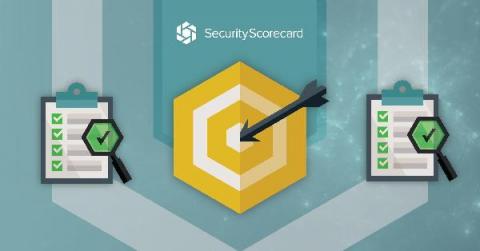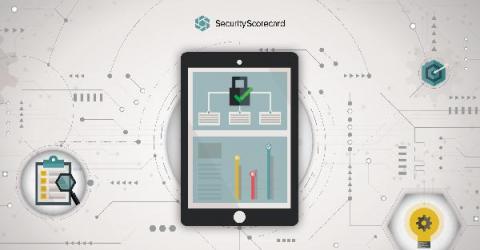What Is Supplier Risk Management?
The risks that threaten your vendors and contractors threaten your company as well. Every additional party added to your supply chain expands the scope of your risk and creates more opportunities for your compliance program to fail. Some new suppliers may be reluctant to be fully transparent with you about their own risks and security measures. Nevertheless, it’s crucial that you work with your vendors to keep all potential threats at bay.









